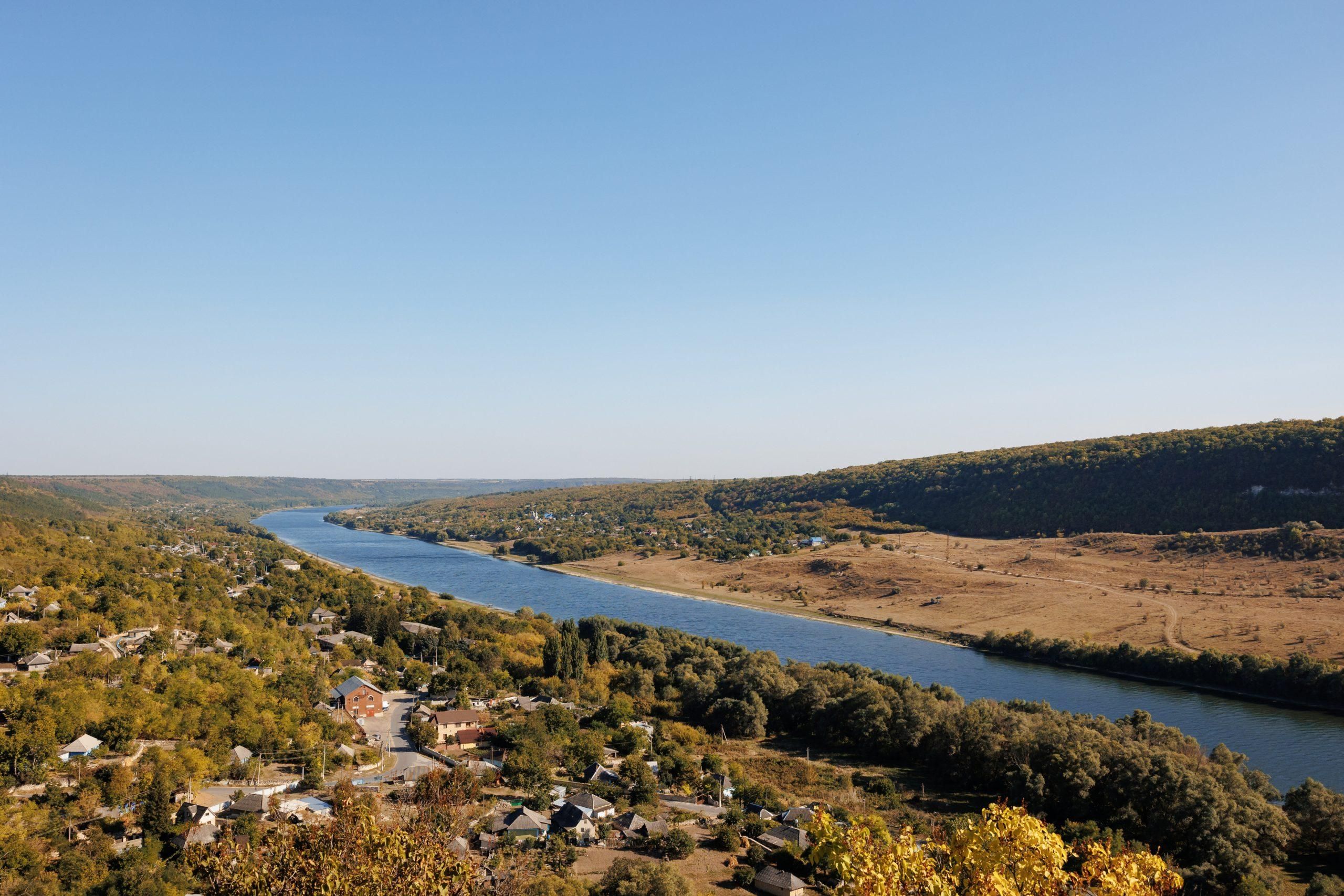The European Union is providing 4 million euros for a new phase of its Confidence Building Measures Programme

The European Union continues its support for improved cooperation between communities on both banks of the Nistru river through joint initiatives involving local partners, civil society organisations (CSOs) and other stakeholders.
In line with the previous phases, the sixth iteration of the EU Confidence Building Measures (EU CBM) Programme, implemented by UNDP, will help connect communities across the river with an allocation of 4 million euros until the end of 2025, focusing on the following main components:
- Economic development and decent job creation;
- Enhanced cross-river thematic cooperation between the civil society from both banks;
- Community development and small-scale social infrastructure support;
- Promotion of cultural heritage.
In addition, a fifth component on cross-river rapprochement in the health and social care sector will be launched soon with other implementing partners.
The EU CBM programme will contribute to improving the living conditions on the two riverbanks and consolidate cooperation for business development, enhancing the competitiveness of small and micro enterprises. At least 50 jobs are expected to be generated through the project, in 20 SMEs (10 from each bank) that will be supported through capacity development and tailored business support opportunities.
Additionally, community development of 12 localities on both banks will be supported through capacity building and specialized advisory services and the implementation of at least six social infrastructure projects (around 92 000 euros each) for benefit from activities of this component.
Approximately 40 CSOs from both banks will work on joint development projects addressing common needs of both banks’ socio-economic development. Continued support will be offered to the six existing cross-river thematic CSOs platforms that were created in previous phases of the EU CBM programme (education, culture, sport, health, environment, and tourism) currently unite over 600 members – sector NGOs, professionals, public institutions from both banks.
Under the cultural heritage component, four historical monuments sites on both banks (with funding of around 74 000 euros each) of the Nistru river will be rehabilitated/conservated, becoming attractive touristic destinations for both local and foreign tourists.
“Supporting social cohesion and grassroots level cooperation between communities from both banks of the Nistru river is more important than ever. Through this sixth phase of confidence-building measures, the EU and its implementing partners contribute to the promotion of joint initiatives for economic development and decent job creation for women and men, as well as community development and continued promotion of culture as a key driver for resilient, fair and inclusive societies,” said Jānis Mažeiks, the European Union Ambassador to the Republic of Moldova.
“I am delighted that the long-lasting EU-UNDP partnership, that promotes confidence building among both banks of the Nistru river, will continue to build on strong results contributing to improved livelihoods of the population on both banks. This new phase will further expand thematic cooperation and will advance engagement in key areas, from health to tourism and environment protection,” said Daniela Gasparikova, UNDP Resident Representative to the Republic of Moldova.
Over the past 15 years of implementation of the EU Confidence Building Measures Programme, it has provided multidimensional support for business, health and environment projects, social infrastructure, civil society development, and cultural heritage.
Since 2009, the EU CBM programme has empowered 720 companies on both banks of the Nistru River, creating over 1,900 jobs. More than 125 social infrastructure projects have been completed, including repairs of schools, kindergartens, and cultural centers located on both sides, along with 12 projects dedicated to the preservation of cultural heritage through conservation and restoration efforts.